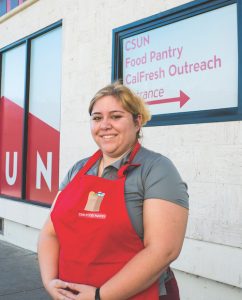The Pressing Need to Protect the Younger Generation from Rising Violence and Crime in Los Angeles
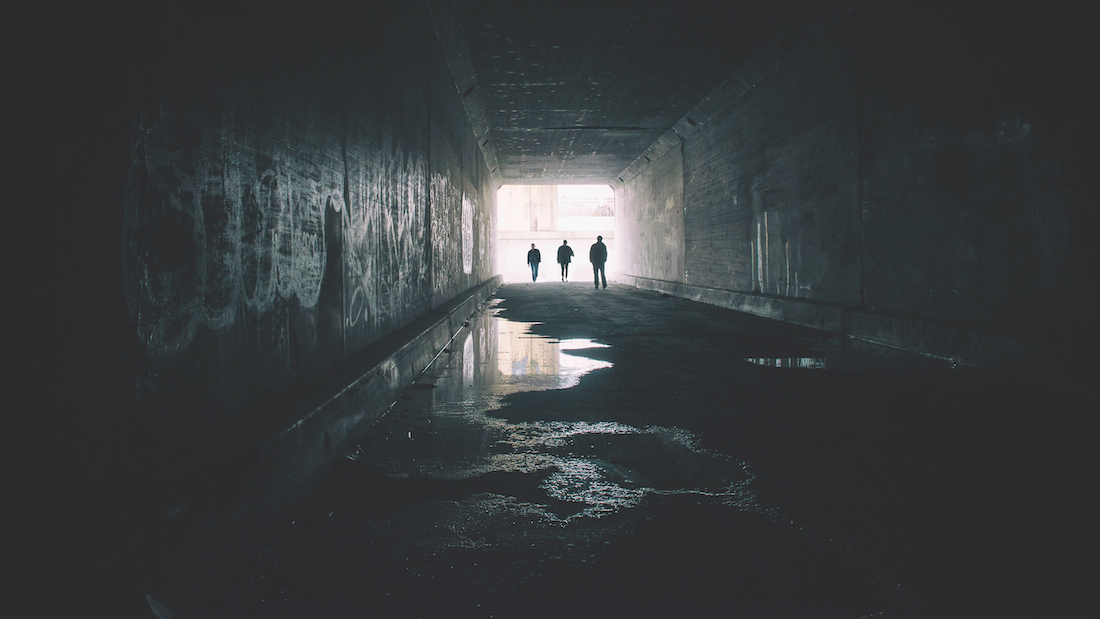
The children of Los Angeles, growing parallel to the city’s sprawling landscape of ecological, cultural, and racial diversity, represent not only the city’s future but also the embodiments of generational neglect to protect those left most vulnerable by crime. Within Los Angeles County, increasing disparities in wealth have starkly colored the city’s social fabric. Some regions of the city contain child poverty levels as high as 68 percent. In 2011, Barbara Davidson’s Pulitzer Prize-winning photo series of victims of gang violence in Los Angeles captured largely young subjects, grappling with the lingering effects of crime in dimly-lit funeral homes, locker rooms, blood-stained sidewalks, hospitals, and next to empty seats at high-school graduation ceremonies. The generational effects of crime on the youngest members of our communities are constructed by complex and interactive forces that are unequal both in their design and impact.
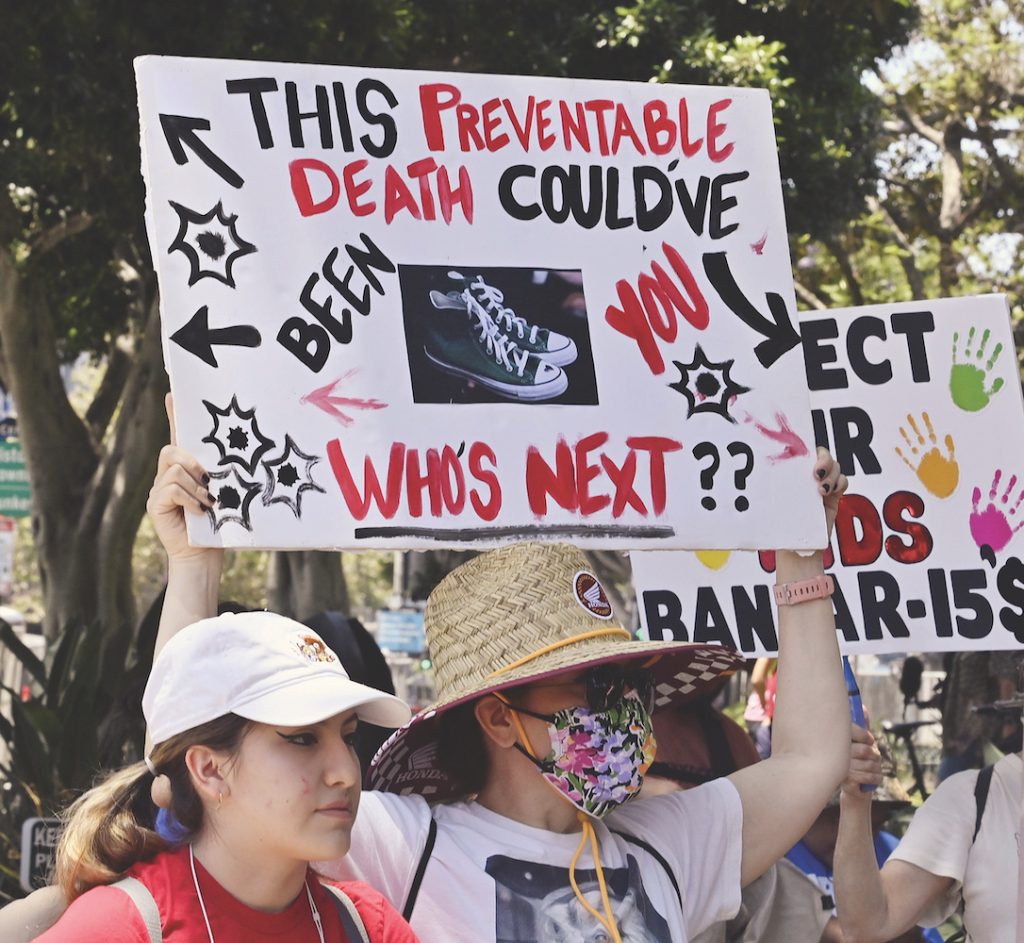
Although the most recent data displays a mixed nature of reported crime in Los Angeles this year, the generational impacts of violence and crime have left long-lasting traces of disruption among the city’s youth, especially among those marginalized by their gender, race, and class. The drastic increase of property crime this year signals the need for an urgent reflection of the various forms of community support within our city’s reach to ensure the safety and livelihood of the city’s youth.
Firearm-related injuries have remained the leading cause of death for children and adolescents across the United States since 2020. Firearm homicides disproportionately affect youth across the nation as well. In the last three years, rates of mass shootings in the U.S. have risen. While California contains some of the country’s strongest and most comprehensive gun laws, Los Angeles in particular has demonstrated alarming increases in gun violence in the last few years.
Legislation and advocacy produced by Brady United, a nonprofit that focuses on gun violence prevention and gun control, has helped contribute to the important legislative milestones that have been successful in reducing gun violence both locally and nationally. Kris Brown, current and first woman president of Brady United, began her career on Capitol Hill as a staffer working under Representative Jim Moran. Brown’s contributions as a staffer and staunch advocate for gun violence prevention helped pass the Brady Bill, the bipartisan federal legislation championed by Jim and Sarah Brady that requires background checks for all gun sales.
Earlier this year, Governor Newsom signed a series of new and stricter gun control legislation into California law that included additional regulations on public carry, implementation of microstamping technology to semiautomatic pistols, a new effort to generate funds for school safety and violence prevention programs through taxes on firearms and ammunition, and the removal of firearms from domestic abusers. In response to the recent additions of gun control legislation to California Law, Brown sees this as an exciting moment in the movement, as many of the laws recently passed are the first of their kind.
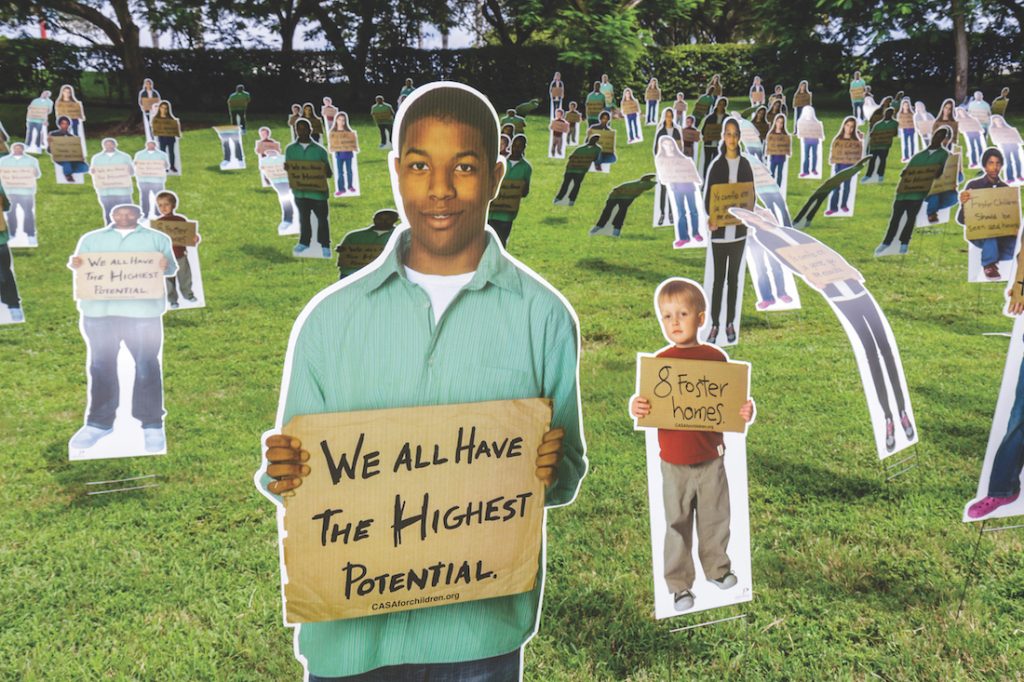
Brown explains that, “Brady worked with our grassroots activists across the state and many allies in the movement to pass first-of-its-kind legislation. One is a bill to implement a tax on firearms sales to provide funding to a gun violence prevention program. We view that as key.”
Although major strides through gun control legislation have recently been passed into law, Brown urges that there is still important work to be done in regards to bipartisan gun violence prevention legislation. Brown outlines the imperative legislative goals at Brady United: “We would like a ban on assault weapons at the federal level. We would like a ban on high capacity magazines. We want a nationwide permitting system for the sale and ownership of guns. California has those kinds of laws, but not all states do. So we’re really working to grow our movements across the country to ensure that every state, frankly, has the benefit of the kinds of laws that California has enacted.”
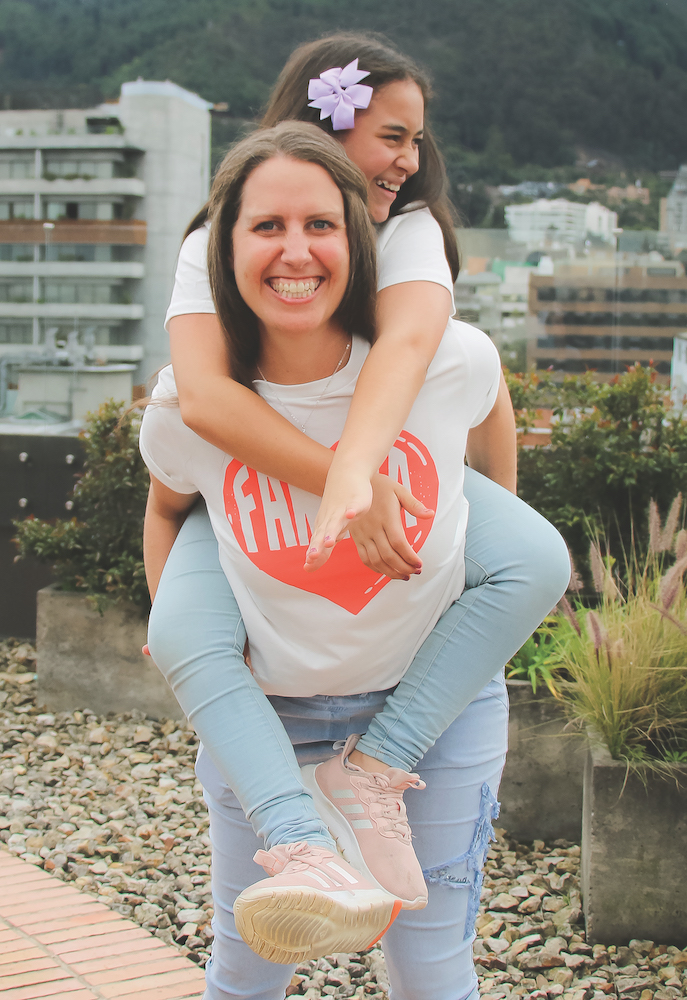
On the importance of highlighting youth as disproportionate victims of gun violence across the United States, Brown emphasizes that Brady United has offered space and resources to young people to platform their own experiences from their own unique perspectives. TEAM ENOUGH is a youth-led initiative started by Brady United that explicitly amplifies youth voices, and contains an executive board governed by survivors of gun violence.
Brown says, “We have an entire generation that is now called the lockdown generation who’ve grown up with repeated lockdown drills. That has a psychological impact. My mother grew up doing nuclear drills in the 1950s, where kids would have to get under their desks because of the fear of an atomic bomb, but that never happened. On our nation’s soil, we’re asking kindergartners to do these kinds of drills, with older kids having the firm knowledge that school shootings are a real thing and that we haven’t done enough as a country to solve that problem.”
Youth in foster care and orphans are positioned at an even greater risk of becoming associated with or to become victims of crime, gun violence, or experience interpersonal violence in young adulthood. There are currently 440,000 children in foster care in the U.S., with over 33,000 foster care children in Los Angeles alone. The disparity between high- and low-income families in California is among the largest in the country, and has been largely exacerbated by the COVID-19 pandemic. In Los Angeles and across the United States, children in the foster care system overwhelmingly are drawn from impoverished households and communities. Racial disparities also emerge within foster care children that especially affect Black youth. Black children are overrepresented in the foster care system, while also underrepresented in rates of adoption on a nation level.
Kidsave is a nonprofit organization with programs operating in the U.S., Ukraine, Sierra Leone, and Colombia that seeks to help older children in foster care and orphanages forge lasting and meaningful connections with families, mentors, and community members. Kidsave aims to provide foster children with permanent familial love, support, and mentorship, especially children that are most marginalized along racial lines. Older youth that are orphans undergo high risks associated with homelessness, high school dropout rates, and high unemployment rates. The quality of life for young women that are orphans is also drastically compromised, with young women experiencing even higher rates of unemployment and criminal conviction.
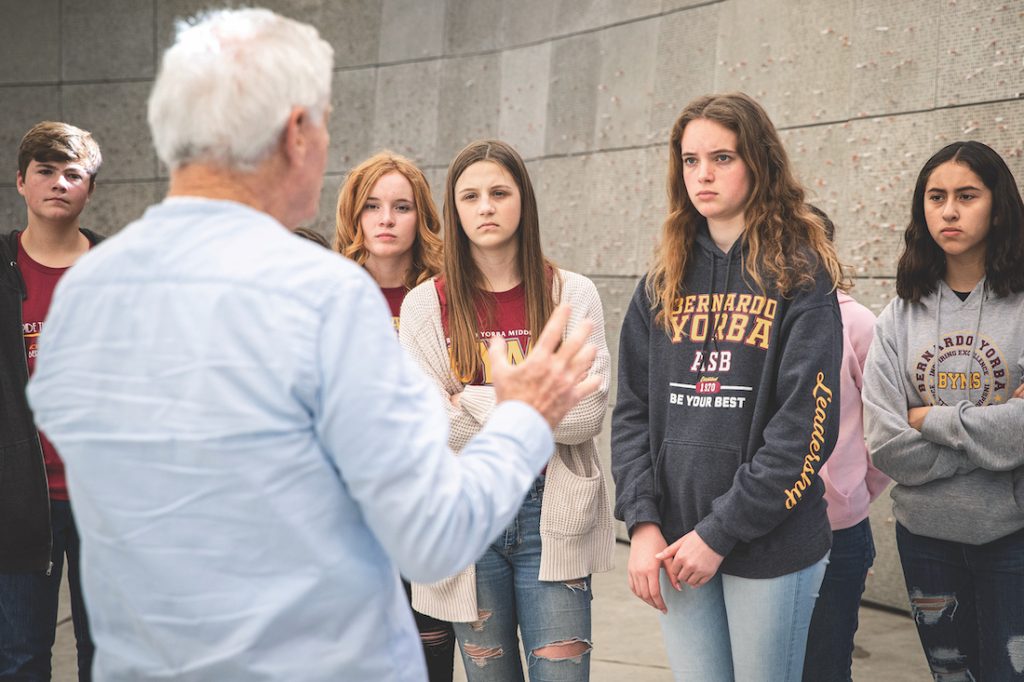
Randi Thompson, Kidsave CEO and co-founder, highlights how Kidsave’s kid-first policy can help mitigate the negative life outcomes associated with being a foster youth or orphan by explaining that, “The data is overwhelming that a positive, stable relationship with an adult is one of the biggest protective factors against the risk of foster care youth becoming violent or delinquent. A stable family life with positive role models can bolster mental well-being and help kids form positive attitudes about themselves and their world. Having a caring adult in a foster youth’s life – as an adoptive parent or as a mentor – supports their development and creates resilience that allows them to thrive in the long run.”
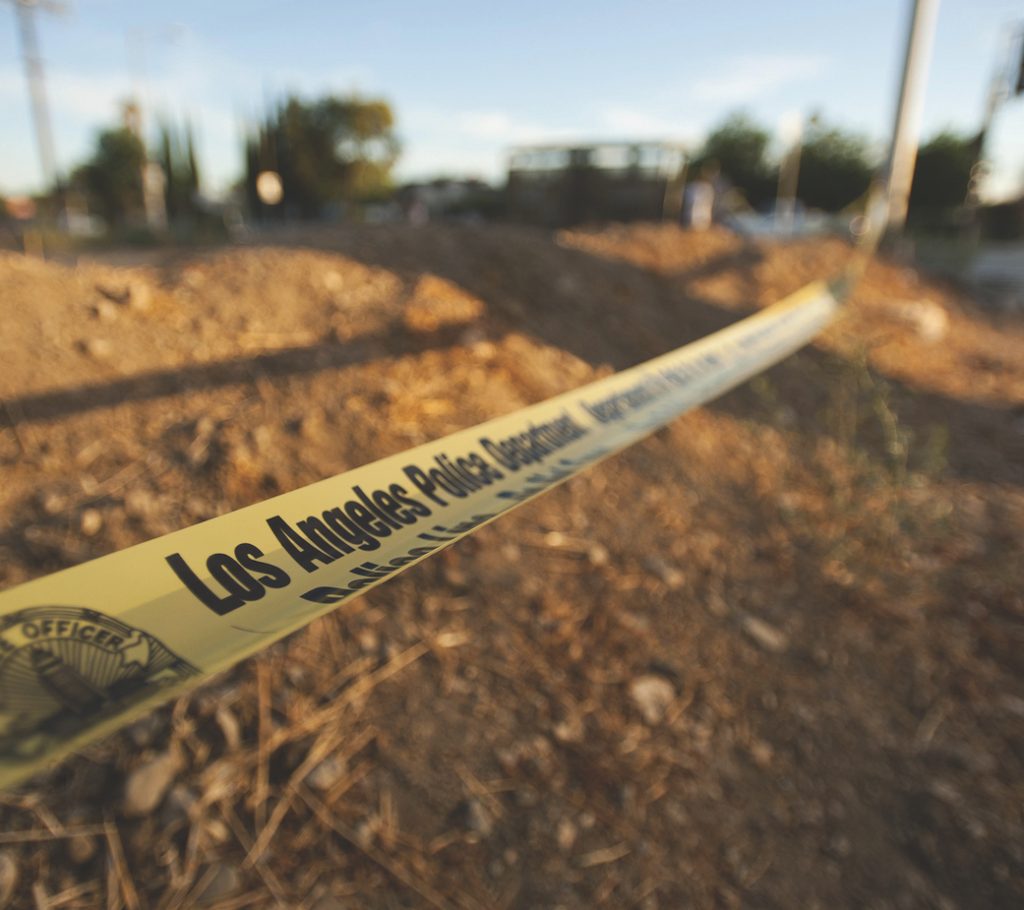
Another nonprofit and national leader in the movement to counteract interpersonal violence, the One Love Foundation, emerged after the tragic death of Yeardley Love in Charlottesville, Virginia. Just a mere three weeks from graduating from the University of Virginia, Love was murdered by her ex-boyfriend. Together, Yeardley Love’s mother and sister formed the One Love Foundation, an organization that has sought success in educating young people on how to identify and steer clear of abusive relationships and domestic violence. Through workshops, resources, and educational training, the One Love Foundation sets forth a clear intent at equipping the next generation with the tools to navigate the very real risk of violence in their relationships with other peers.
According to the Los Angeles Domestic Violence Council, estimates of the percent of high schoolers in the Los Angeles Unified School District that experience physical violence in their personal relationships is around seven percent. Crimes of domestic and intimate partner violence have historically been underreported, and the rates of youth exposed to and victimized by domestic violence could very well be higher than what data demonstrates, especially for young women and LGBTQ youth. The One Love Foundation has educated more than 170,000 students in 230 high schools across the state of California, exemplifying how education still serves as one of the most urgent forms of activism to combat such a pervasive issue.
In 2022, the Los Angeles Police Department released data that illustrated a 15 percent increase in hate crimes since the previous year. Among the data, anti-Black and anti-Asian hate crimes experienced the largest increases on the basis of racial hate crimes in Los Angeles. Antisemitic hate crimes rose by 24 percent since 2021, with the Jewish community of Los Angeles undergoing the largest increase of hate crimes in relation to religion.
Similar to the One Love Foundation, the Holocaust Museum LA turns to educating the next generation of Los Angeles children as a powerful and effective way of counteracting the proliferation of hate, violence, and crime before it begins. Located in the Fairfax district of Los Angeles, the Holocaust Museum LA is the first survivor-founded and oldest nonprofit Holocaust museum in the United States. The Holocaust Museum LA offers free admission for teachers, students, and children 17 and under. The Holocaust Museum LA provides students from Los Angeles access to primary sources from the Holocaust as well as direct conversations with survivors of the Holocaust to discuss their lived experiences as a Holocaust survivor.
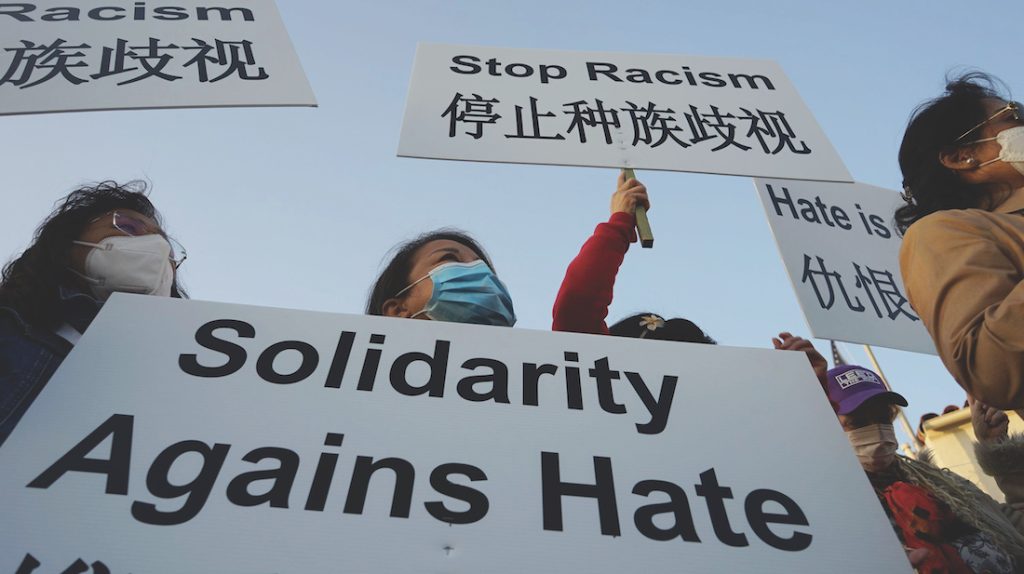
For Beth Kean, CEO of the Holocaust Museum LA, she’s gained firsthand accounts of how students have been impacted by speaking to Holocaust survivors. Additionally, Kean notes that after touring the museum and speaking with a Holocaust survivor, more than 95 percent of students report that it is important for every young person to learn about the history of the Holocaust to fully understand what racism and prejudice can lead to.
Kean wants to collapse any barriers that currently stand in the way of learning about the lessons of the Holocaust and stay true to the Holocaust Museum’s surviving founders’ wishes. Kean emphasizes the importance of meeting Holocaust survivors by saying, “You know, it was just so important for them to start educating young people about what they had personally endured. We want to make Holocaust education totally accessible.”
The levels of racial diversity in Los Angeles have outpaced the rest of the country overall. The uniqueness of the city has largely been attributed to its racial and cultural variety. Home to many different groups of immigrants, races, cultures, and religions, the non-homogenous nature of the city had brought forth its clearest snapshots of functional coexistence, while also revealing how differences have also propelled conflict and crime along religious, racial, and ethnic lines. Organizations like the Holocaust Museum directly give young people exposure to the history of ethnic and religious genocide, critical reflection, and those that may be different than us. Direct forms of youth intervention through education and engagement have demonstrated success at dismantling bias and fear of others that we may not be familiar with.
James Baldwin spoke on the responsibility of Americans to protect and nourish the younger generations in 1964 by noting that, “The sea rises, the light falls, lovers cling to each other, and children cling to us. The moment we cease to hold each other, the moment we break faith with one another, the sea engulfs us and the light goes out.” The generational and historical impacts of crime are interwoven into Los Angeles’s social memory and identity. Recent strides in crime prevention and anti-crime education and advocacy are reflective of effective nonprofit-based attempts at fostering knowledge, connection, and a safe path towards a hopeful future for Los Angeles youth.
